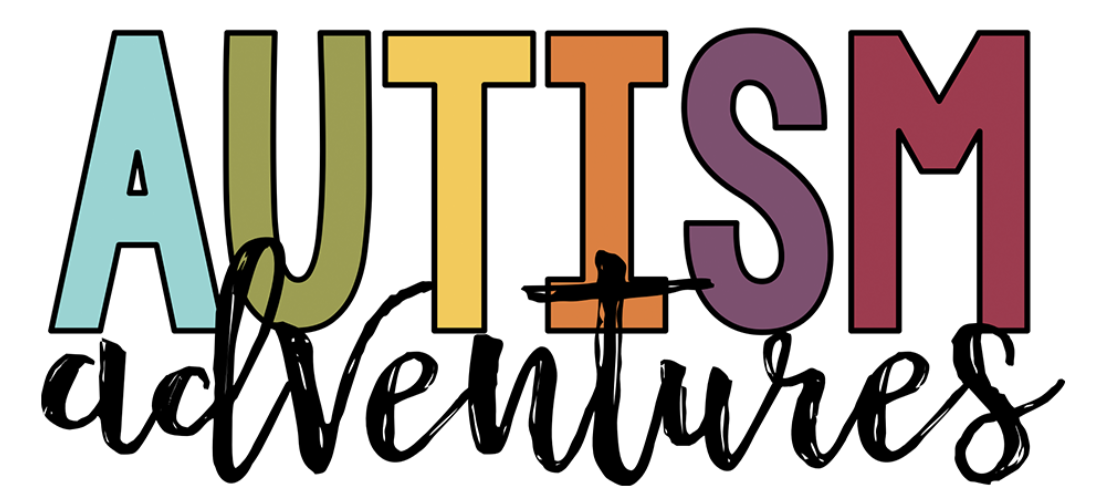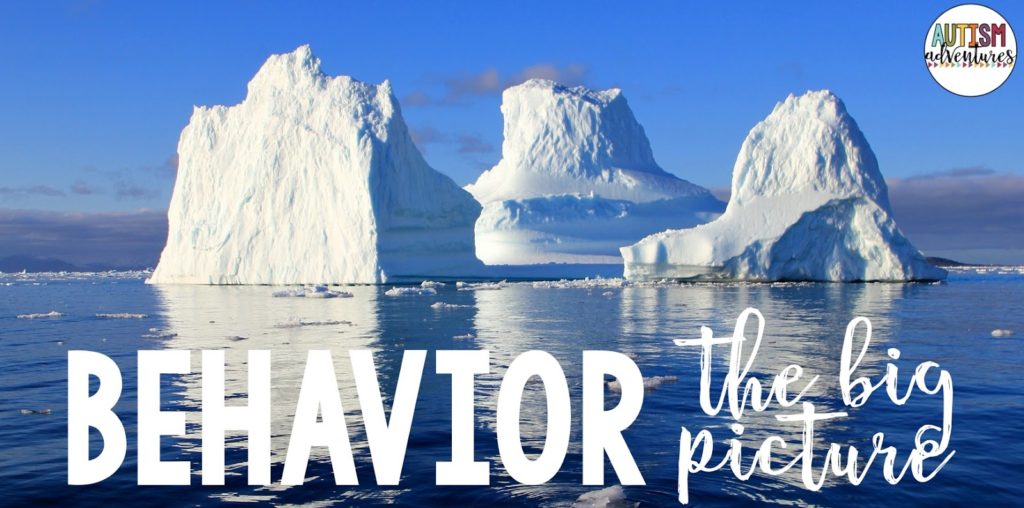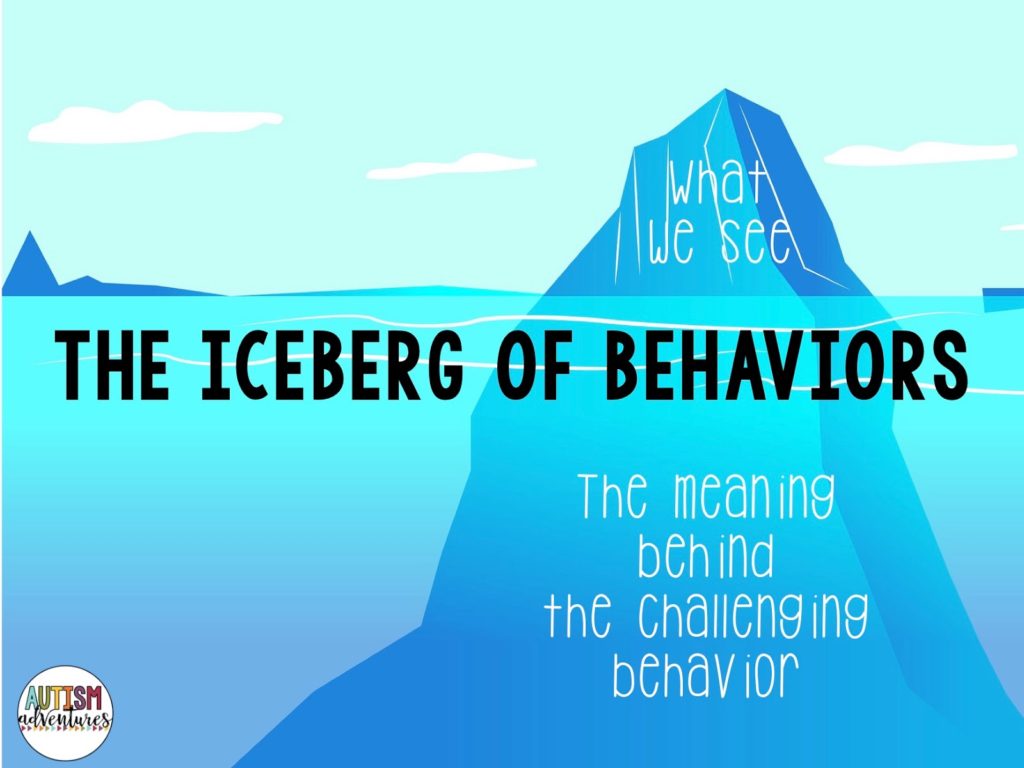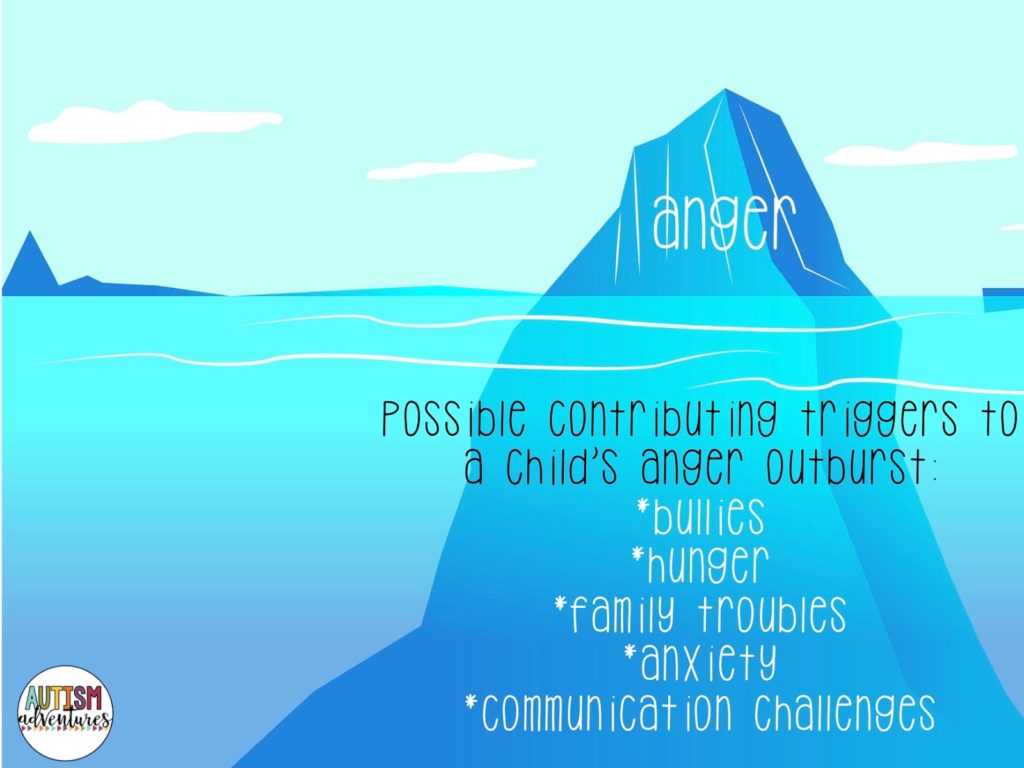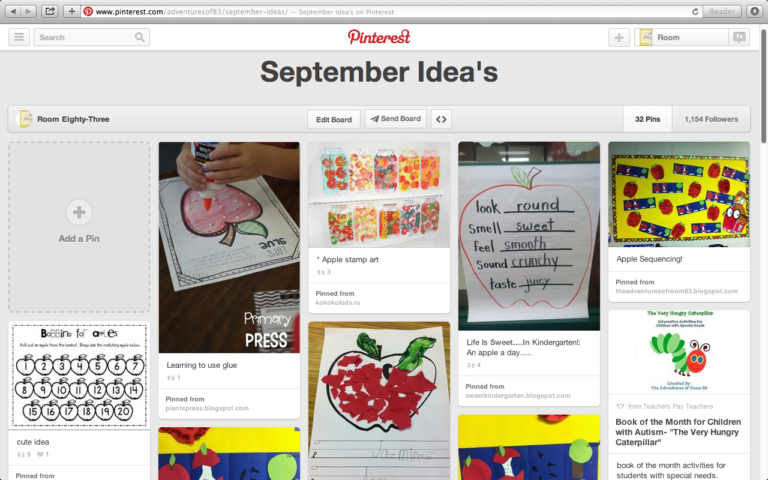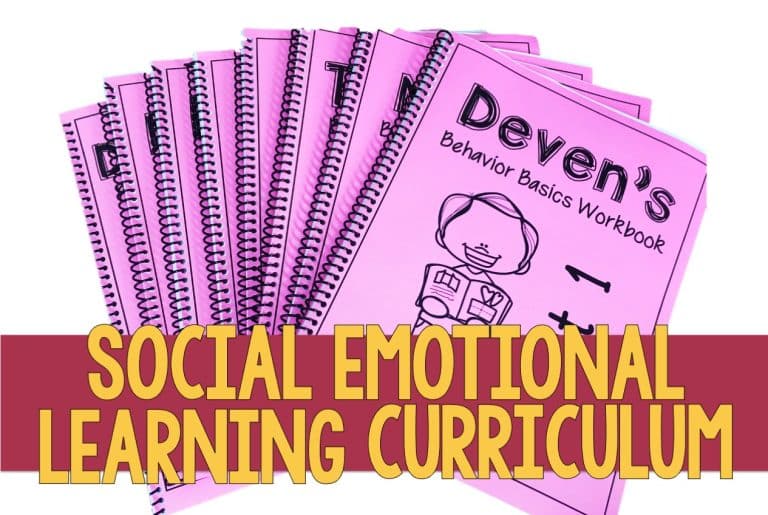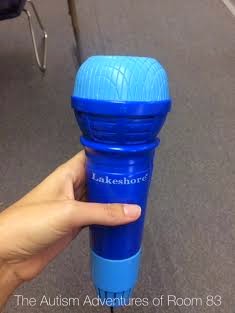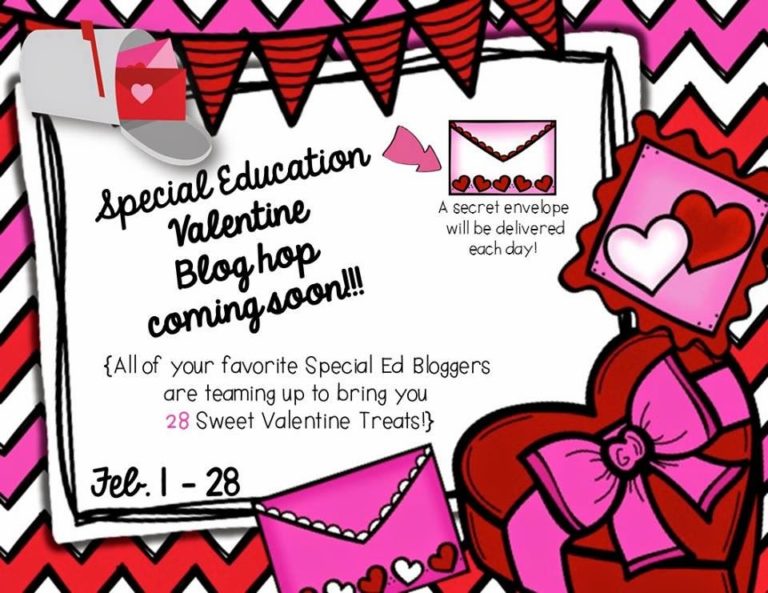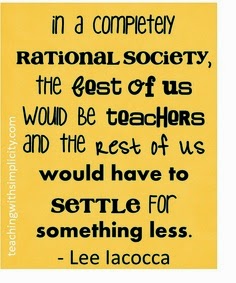Behavior- The BIG Picture
Let’s face it, behavior management is THE most important component of any classroom. A classroom, whether it be a Kindergarten class or a high school algebra class, will not be successful if the teacher does not maintain good classroom management. So often times, behaviors are misunderstood and assumed intentional on the students behalf. Today, we are going to look at behavior- the BIG picture.
I get emails and questions all the time about personal students and their behaviors. I get asked for the “quick fix.” I know that we teachers can get overwhelmed and stressed and look for an answer- but we have to remember its not that easy. Behind every behavior is a reason. Without knowing the kid, I can’t be of much help. I love behavior, I flock to behavior, I love the puzzle of solving the meaning of the behavior, however I cannot fix behaviors over the internet. It takes time, observations and a relationship to understand WHY the child may be exhibiting challenging behavior. What I can do is provide tools, visuals, tricks and experience to help YOU, the teacher, fix the behavior.
(I did not “invent” this idea of using the iceberg metaphor..I’ve heard a million different versions of this analogy, several analogies have been applied to the formation of an iceberg, however I cannot find the original author…If you know the original author please let me know so I can give credit.”
With that said, I use this iceberg theory every day in my classroom. It helps me to be a better teacher. Whenever I am presented with a challenging behavior I try to remind myself that there is more than what meets the surface. This is similar to the make up of an iceberg. At first you see this GORGEOUS iceberg in the distance (challenging behavior), but most people do not know that 90% of the icebergs structure is below the surface (triggers). We can either choose to only “see” the top 10% or we can view the behavior as a whole 100% and dig down below the surface. It is the hidden 90% of the behavior that can help us to shape and fix the behavior.
This model helps me to have patience and compassion for the student rather than just getting angry or frustrated. This is also crucial for teachers to remember when training and managing staff. At times our staff can get worn down and bitter towards one student if they are being presented with challenging behavior after challenging behavior. It is important to remain positive and remember why we are in the field we are in 🙂
So, how exactly does a behavior relate to the iceberg? Here is an example of a common behavior, anger:
